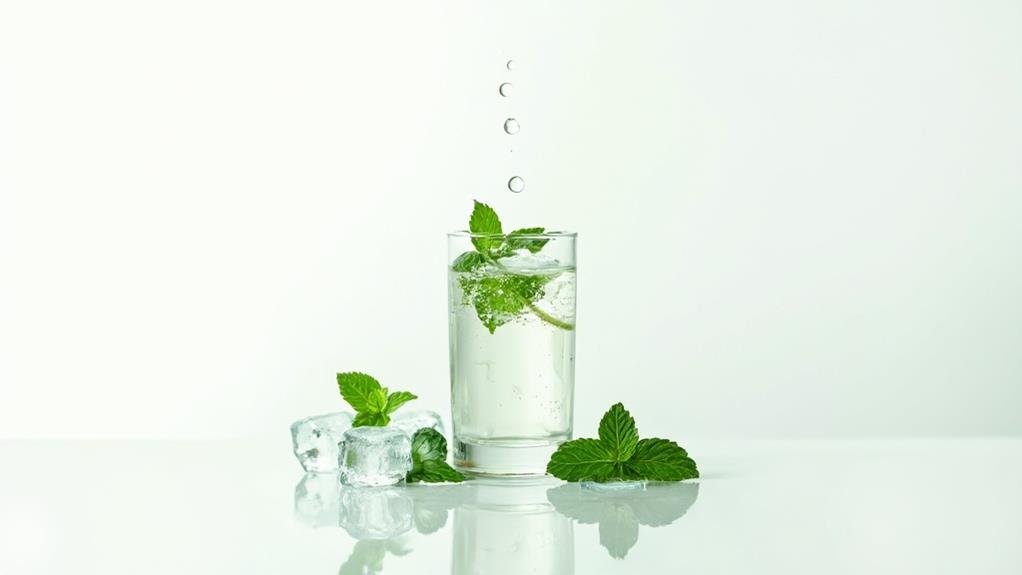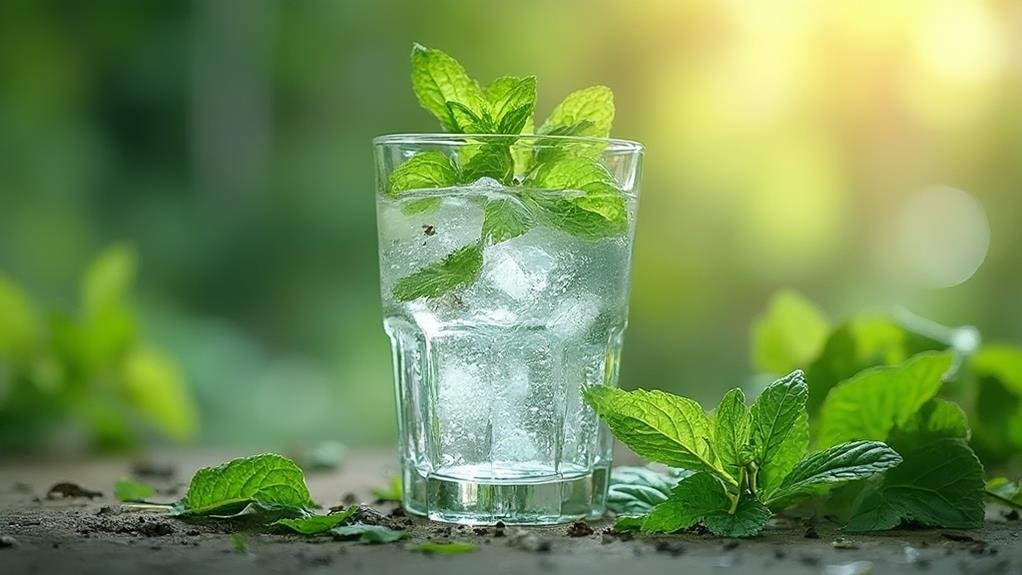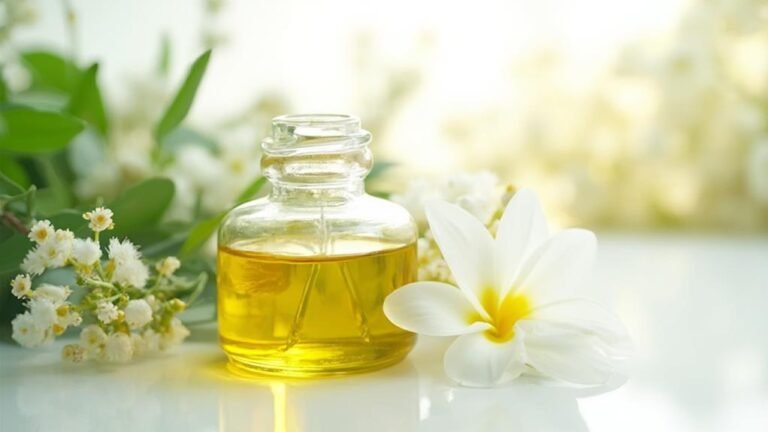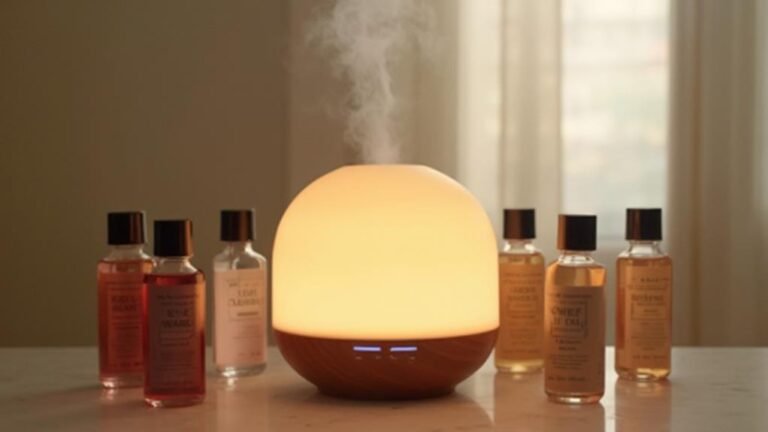Can You Put Peppermint Essential Oil in Water?
Yes, you can put peppermint essential oil in water. However, it’s crucial to use a solubilizer and dilute the oil properly to ensure safe and effective use.
Peppermint oil is a popular choice for adding flavor and potential health benefits to water.
Understanding Peppermint Essential Oil
Peppermint essential oil is a highly concentrated plant extract known for its refreshing aroma and therapeutic properties. When mixing it with water, it’s crucial to understand its unique characteristics:
Safely Mixing Peppermint Oil with Water

Using a Solubilizer
A solubilizer helps distribute the oil evenly in water, preventing potential gastrointestinal issues. Common natural solubilizers include:
-
- Glycerin
-
- Lecithin
-
- Soap bark extract
These substances help create a stable mixture, ensuring the oil’s even distribution and reducing the risk of irritation.
Maintaining Proper pH
To ensure the stability and effectiveness of your peppermint oil-water mixture:
-
- Aim for a pH level between 5-5.5
-
- Use pH testing strips to check the mixture’s acidity
-
- Adjust pH if necessary using food-grade citric acid or baking soda
Recommended Dilution Ratios
Follow these guidelines for safe dilution:
| Use Case | Dilution Ratio |
|---|---|
| General | 1-3% (5-15 drops per 8 ounces of water) |
| Stronger Effect | 5% (maximum) |
| Children, Pregnant Women, Sensitive Individuals | 0.5-1% |
Always start with a lower concentration and adjust as needed based on your body’s response.
Benefits of Peppermint Essential Oil

Peppermint essential oil offers numerous health benefits when used correctly:
-
- Digestive health: Soothes bloating, cramps, and indigestion
-
- Mental clarity: Increases alertness and focus, reducing mental fatigue
-
- Stress relief: Promotes calmness and relaxation
-
- Pain relief: Eases muscle and joint pain when applied topically
-
- Respiratory support: Clears airways and promotes easier breathing
Potential Risks and Side Effects
While peppermint essential oil is generally safe when used properly, be aware of potential risks:
-
- Skin irritation: Undiluted oil can cause redness, itching, or burning
-
- Gastrointestinal issues: Excessive intake may lead to heartburn or nausea
-
- Medication interactions: May interact with certain medications, including antacids and blood thinners
-
- Allergic reactions: Some individuals may experience allergic responses
Choosing Quality Peppermint Oil
To ensure safety and effectiveness, select high-quality peppermint essential oil:
-
- Look for “therapeutic grade” or “food grade” labels
-
- Check for the botanical name “Mentha piperita” on the label
-
- Choose oils with a strong, invigorating aroma and clear, pale yellow color
-
- Opt for reputable brands that provide transparent information about their production process
Proper Storage of Peppermint Essential Oil
To maintain the oil’s potency and extend its shelf life:
-
- Store in a cool, dry place away from direct sunlight
-
- Use dark glass bottles to protect from light exposure
-
- Seal tightly after each use to prevent oxidation
-
- Label with the opening date to track storage time
Special Considerations
Pregnancy and Infants
Exercise caution when using peppermint essential oil during pregnancy or with infants:
-
- Consult a healthcare provider before use during pregnancy
-
- Avoid use on infants without pediatrician approval
-
- Use heavily diluted solutions if approved for use with babies
Combining with Other Essential Oils
When mixing peppermint oil with other essential oils in water:
-
- Ensure proper dilution of all oils used
-
- Consider potential interactions between different oils
-
- Consult an aromatherapist for safe and effective blends
Conclusion
By following these guidelines, you can safely incorporate peppermint essential oil into your water for various health benefits.
Remember to start with small amounts, use proper dilution techniques, and be aware of potential risks and interactions.
With careful use, peppermint essential oil can be a valuable addition to your wellness routine.







